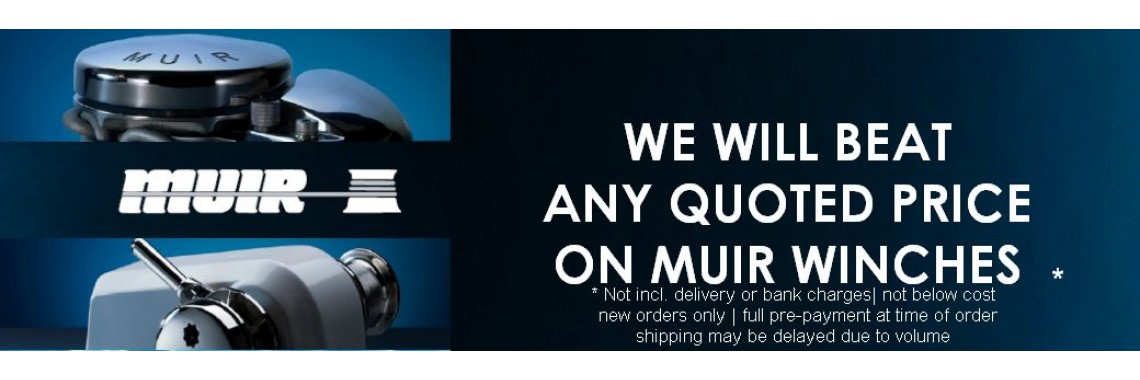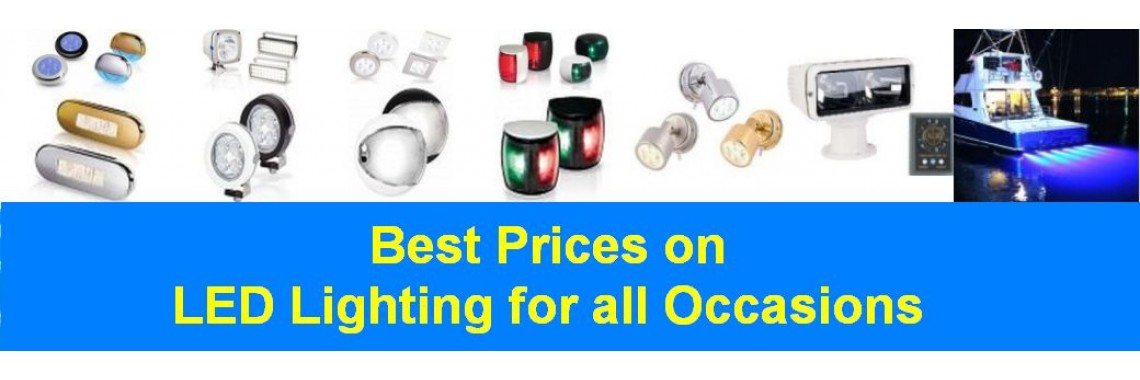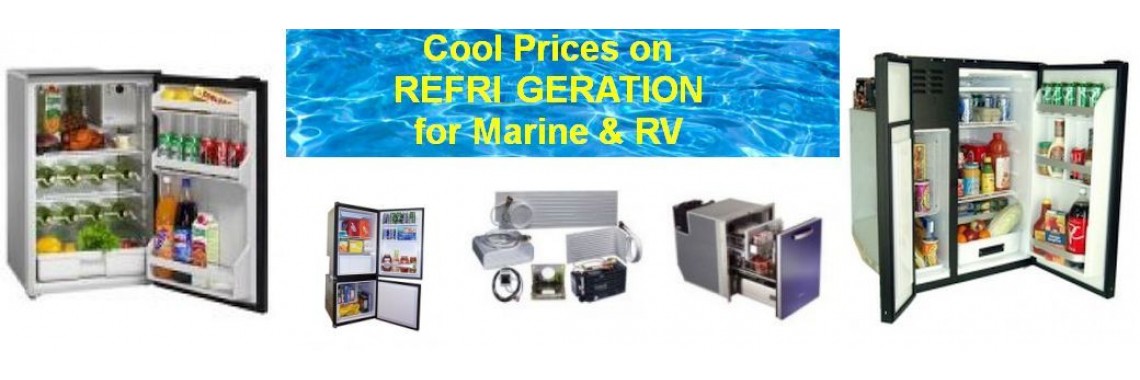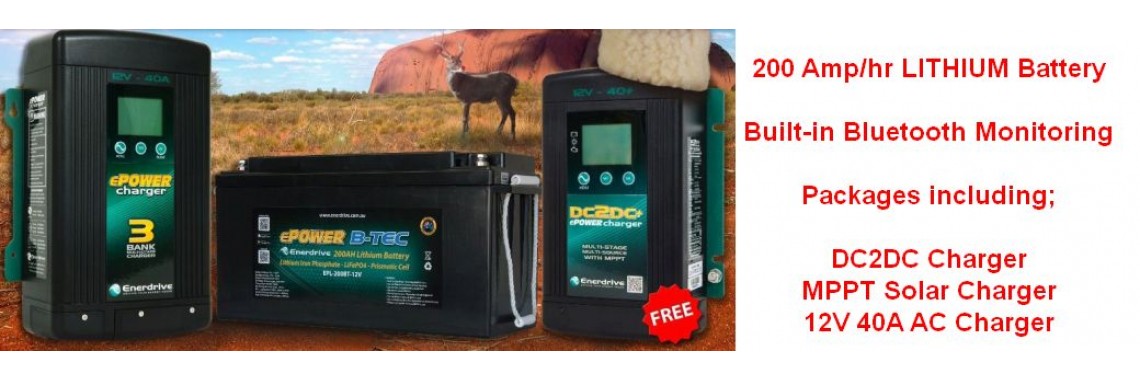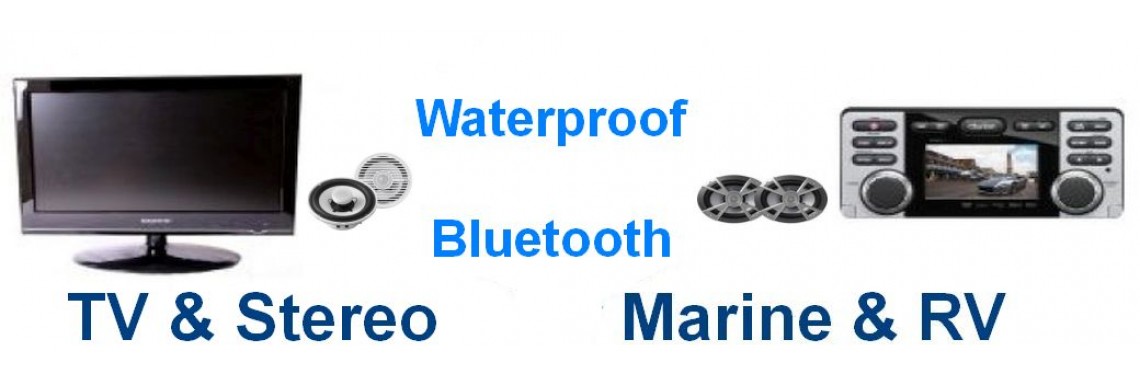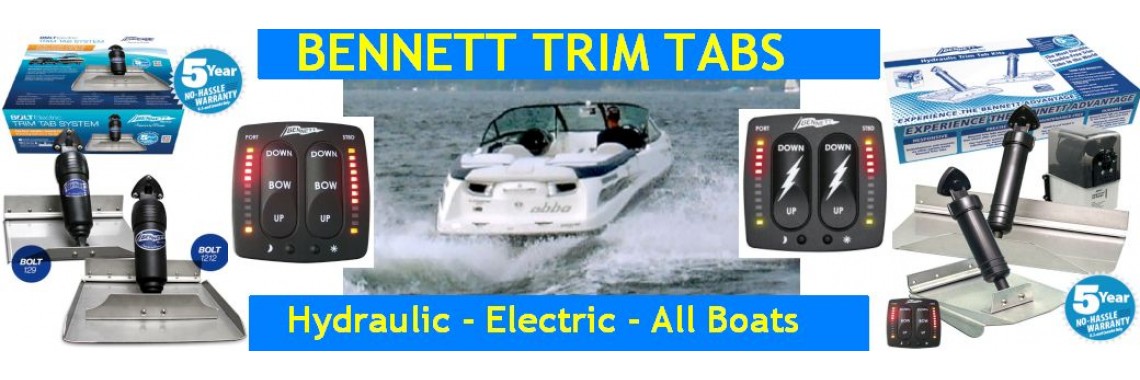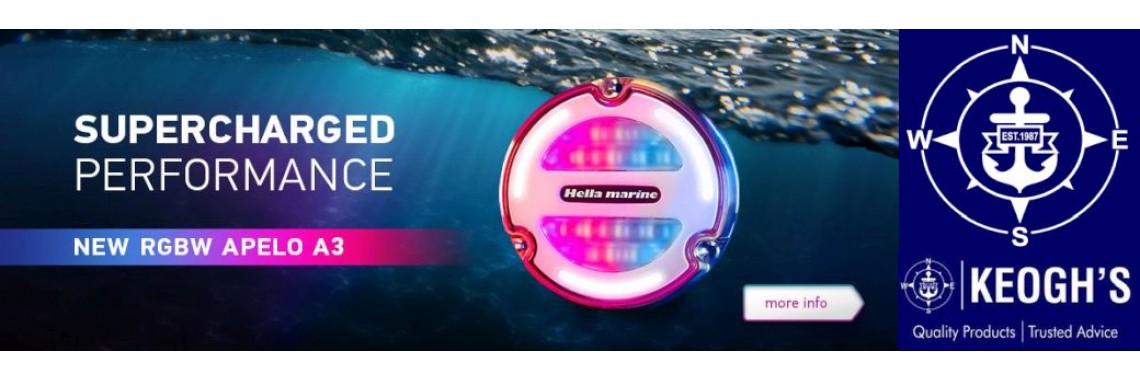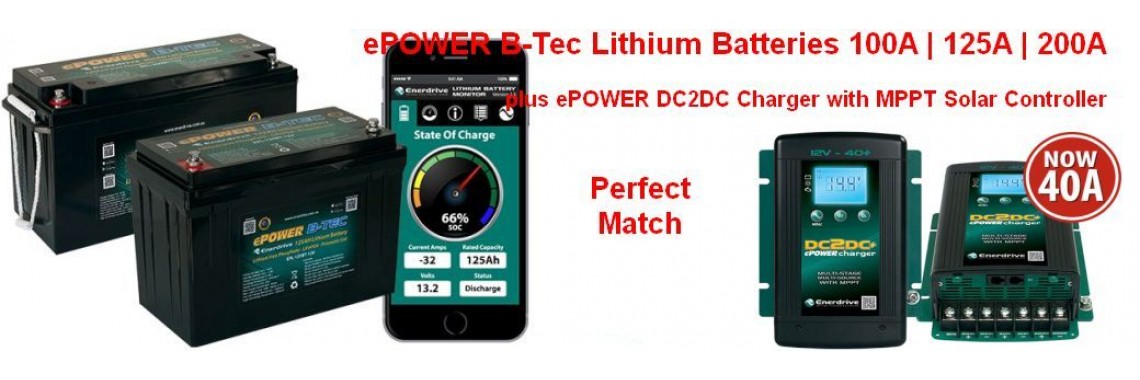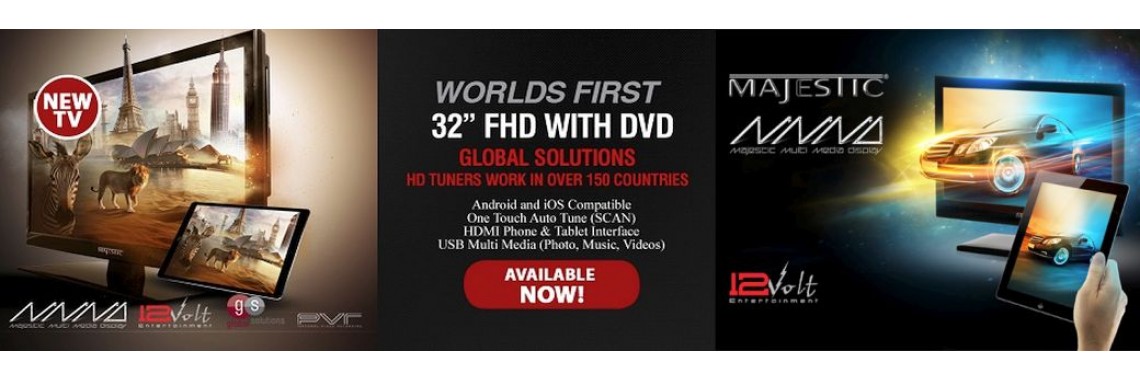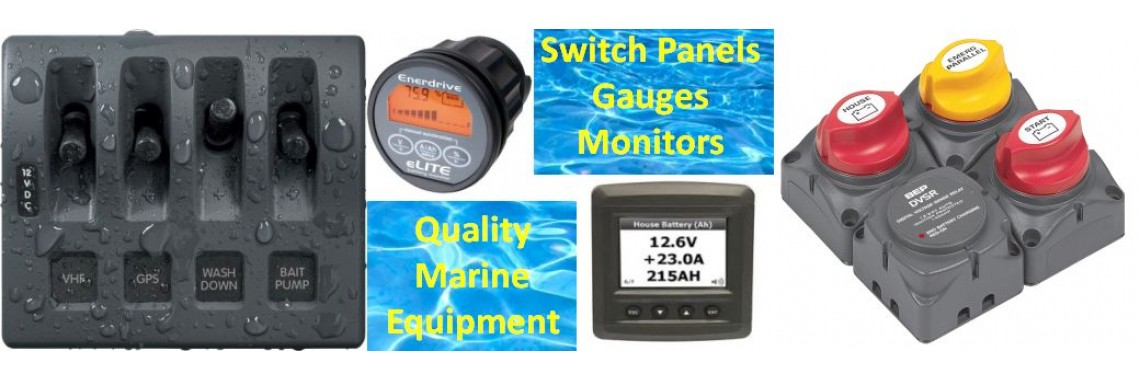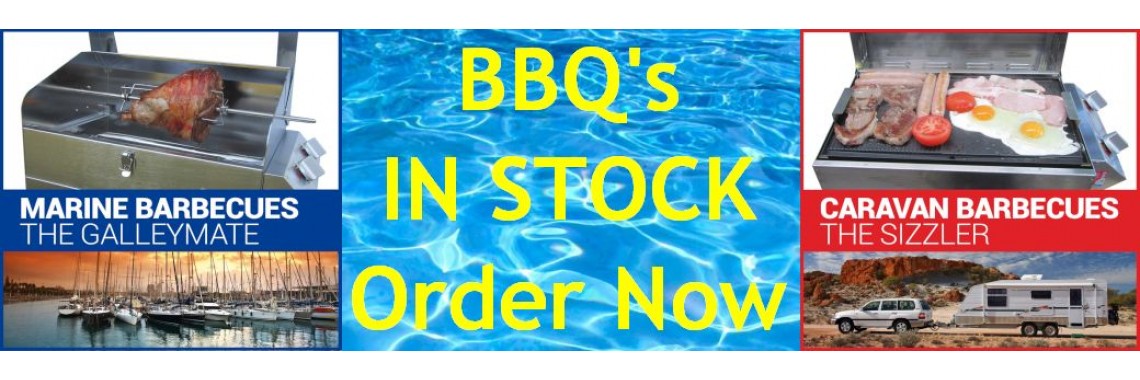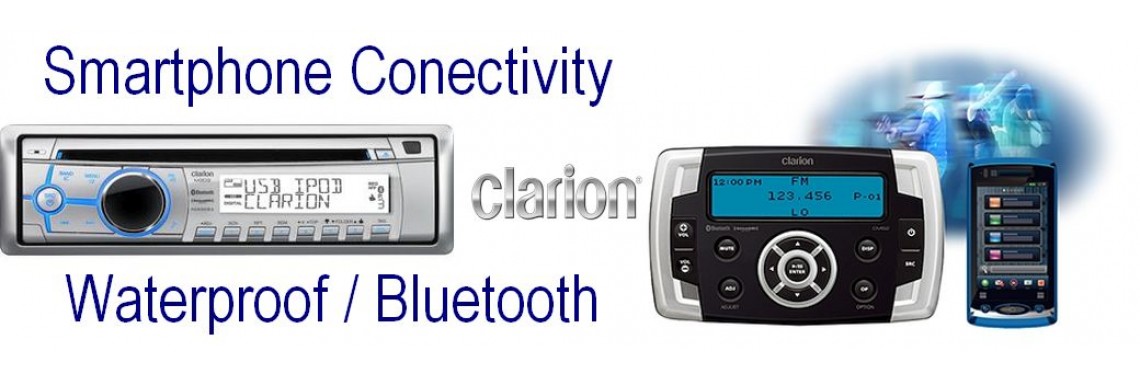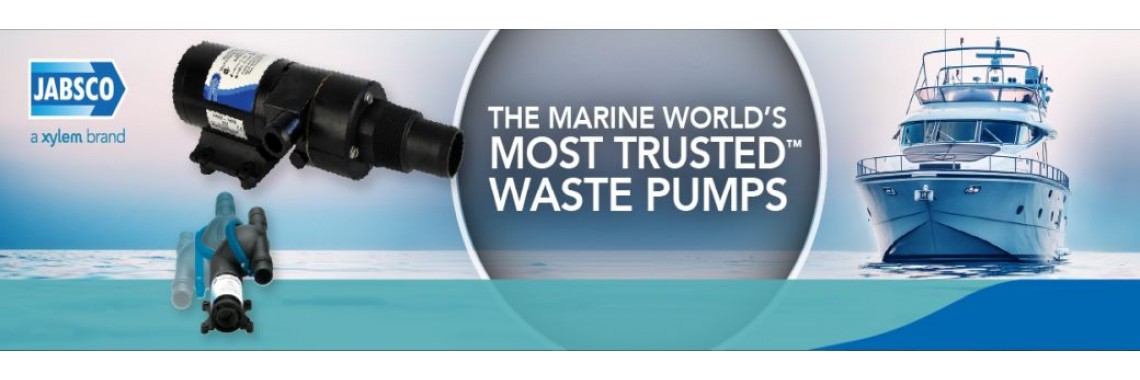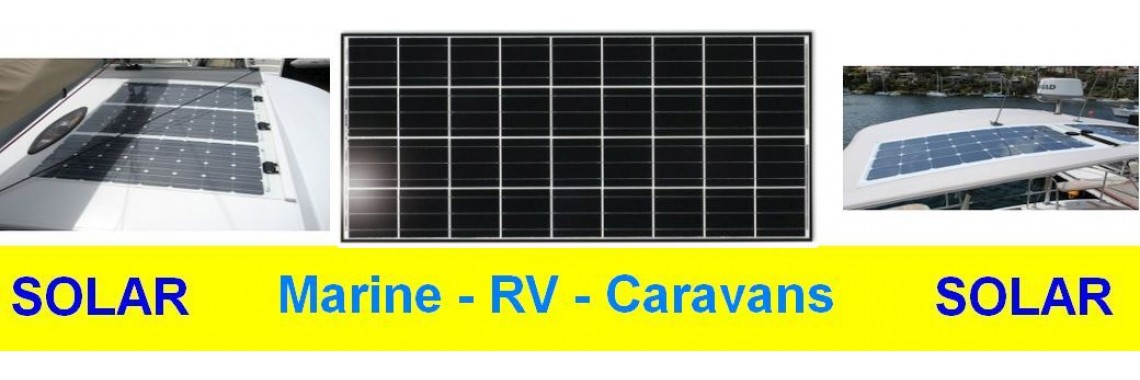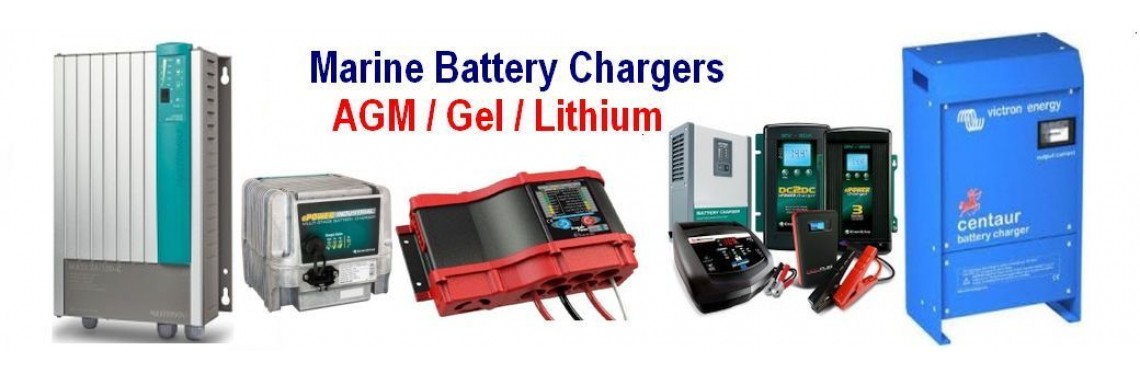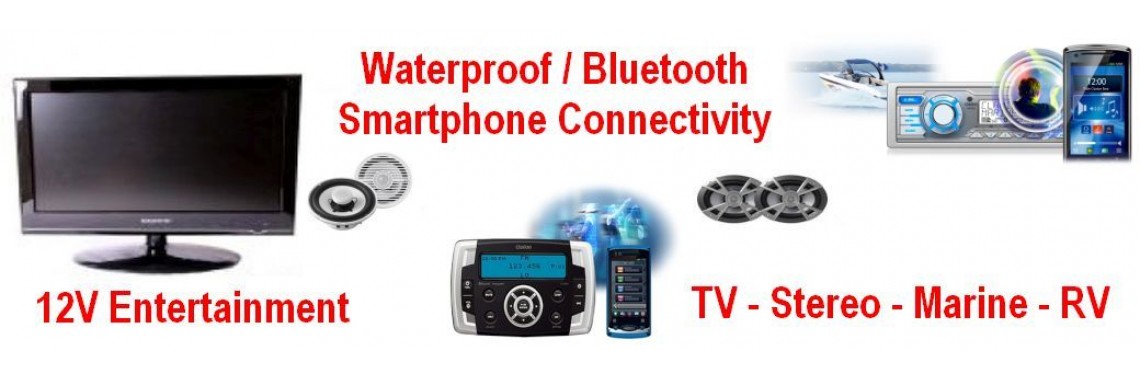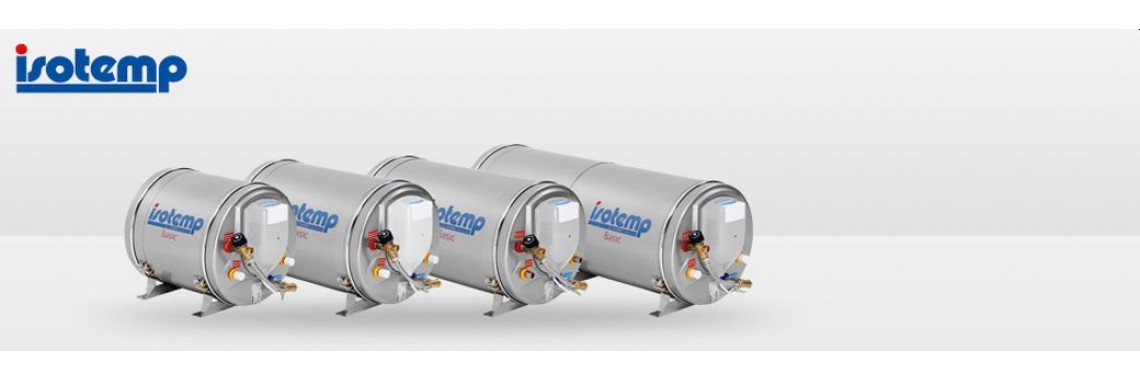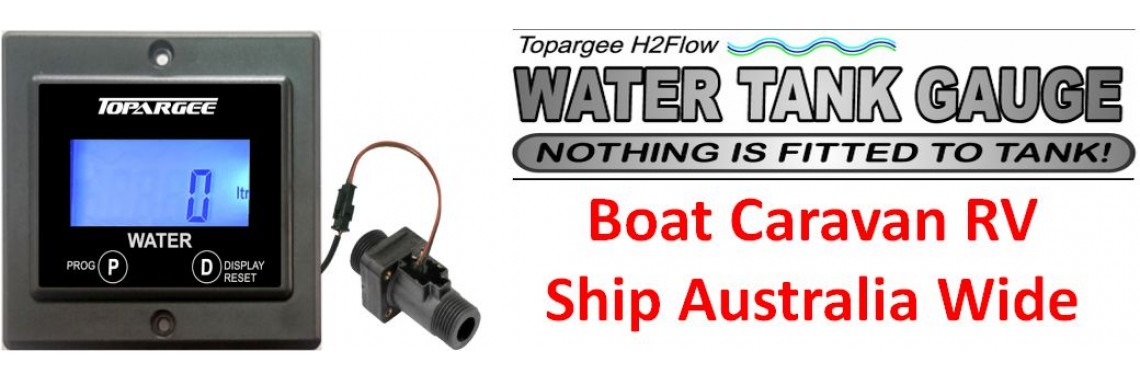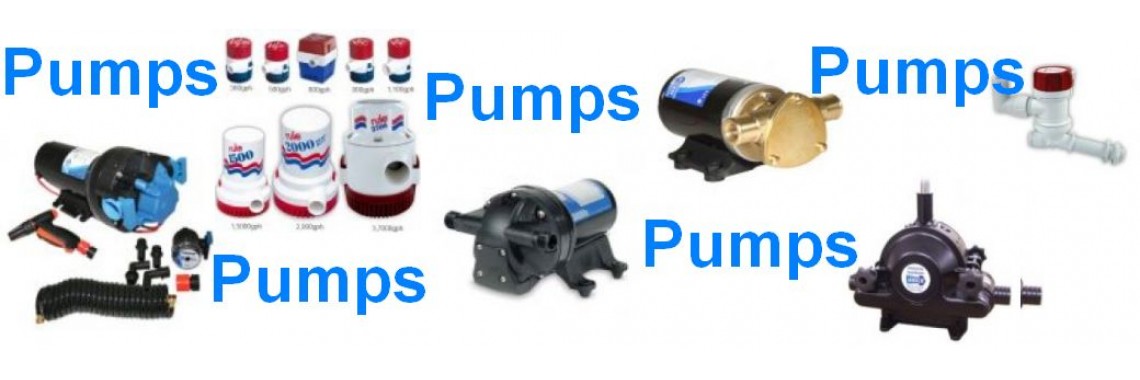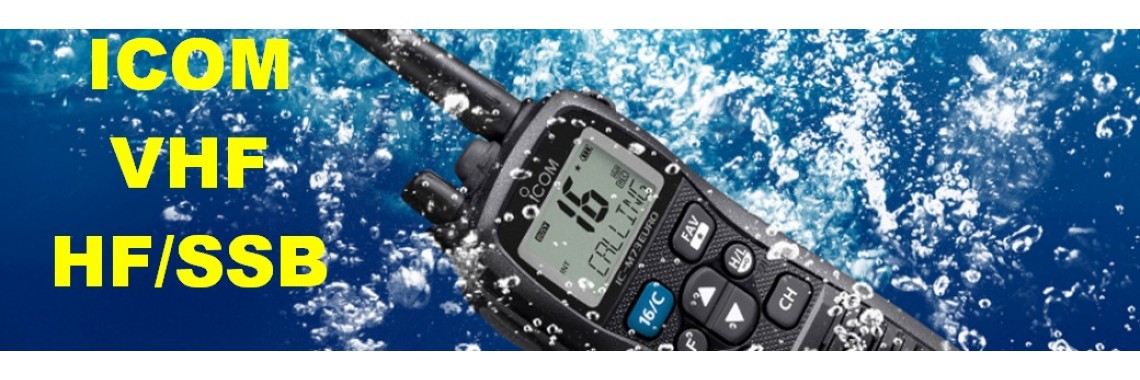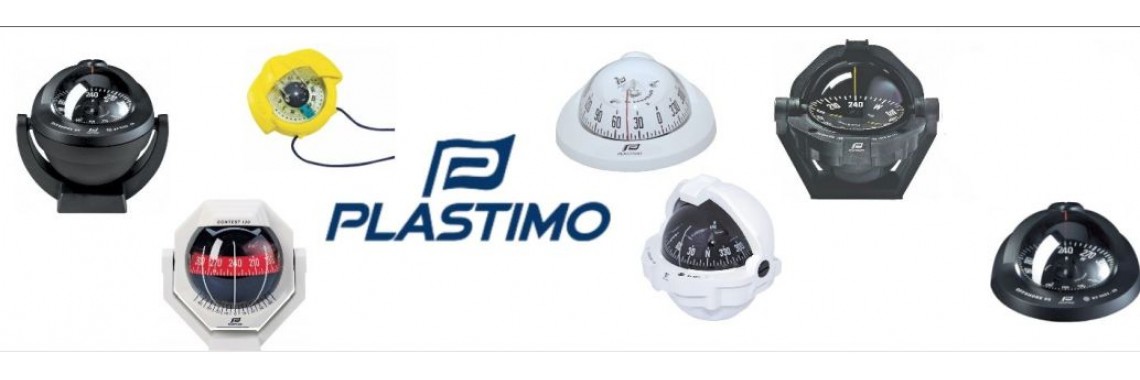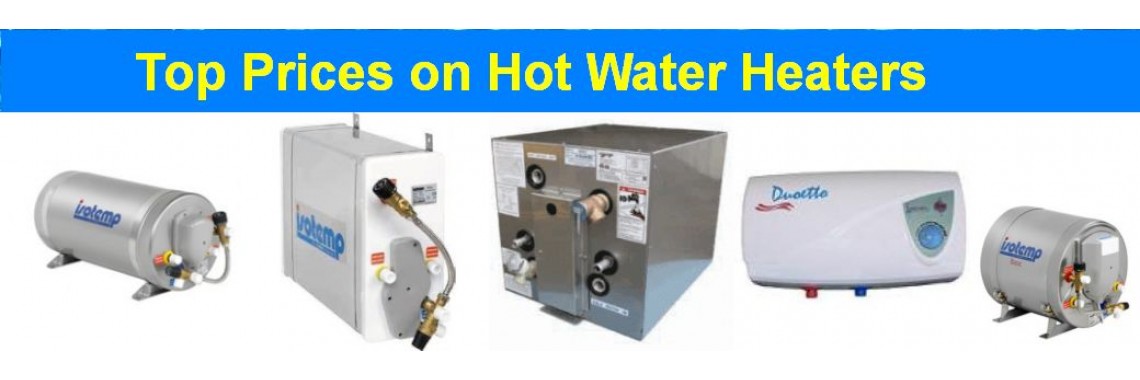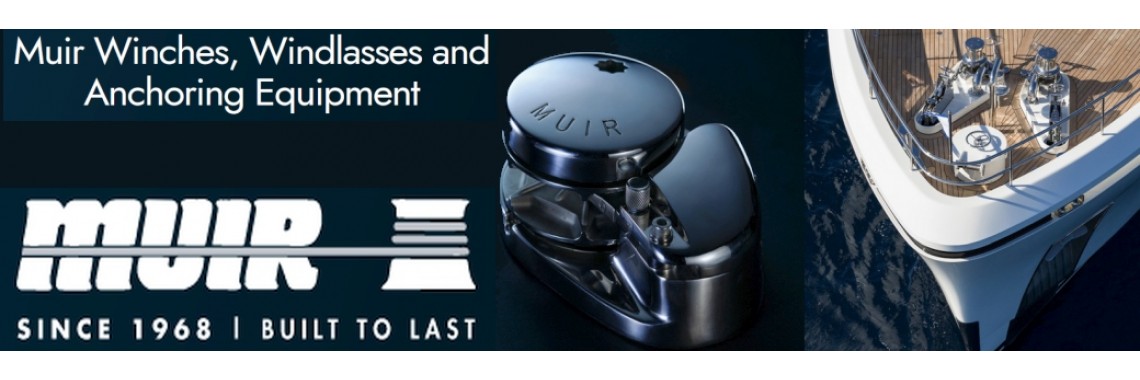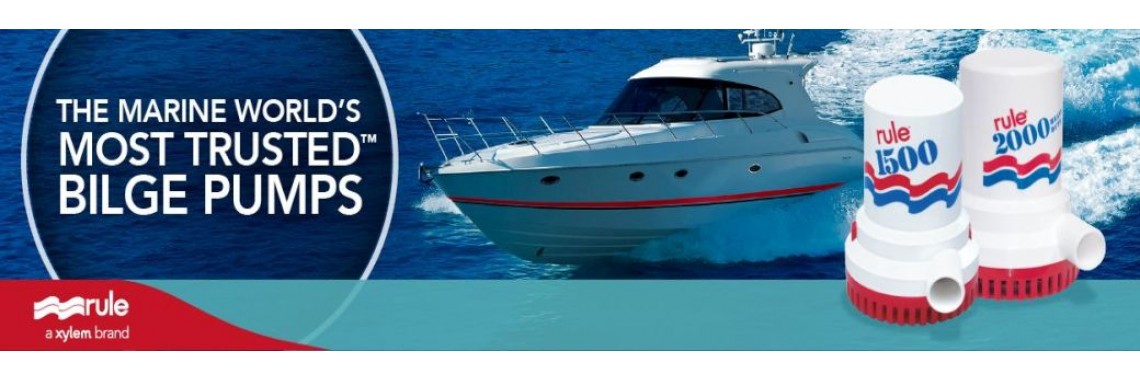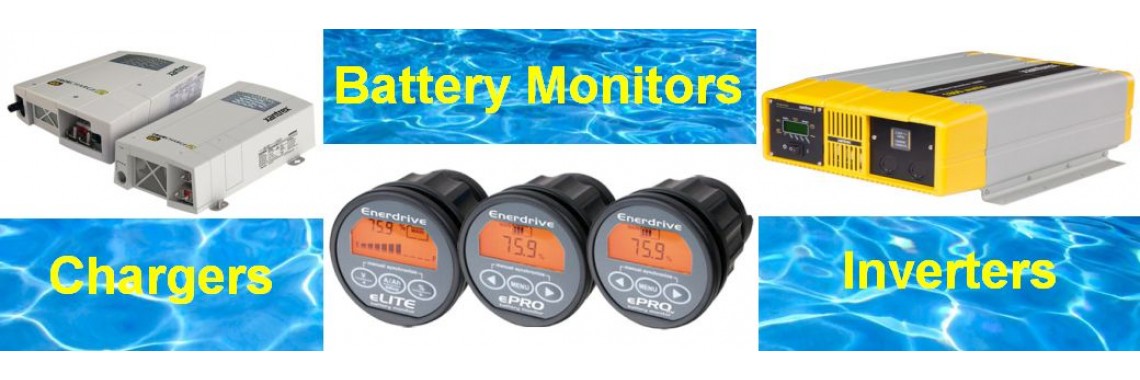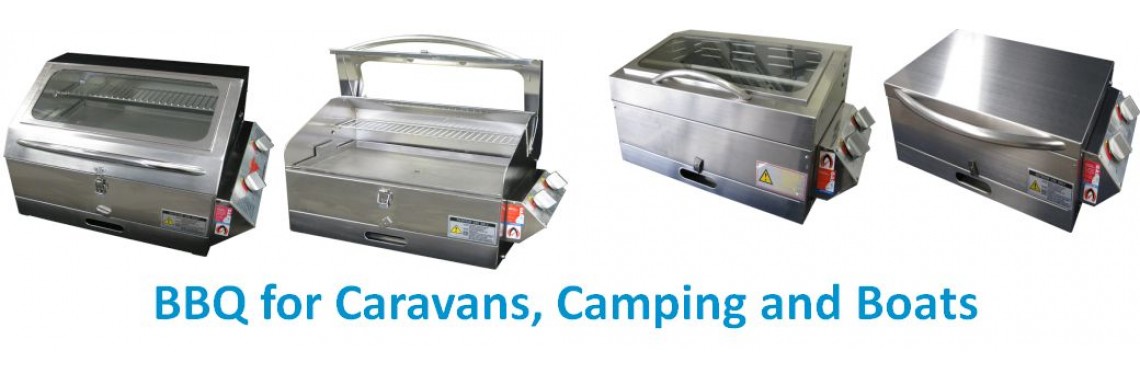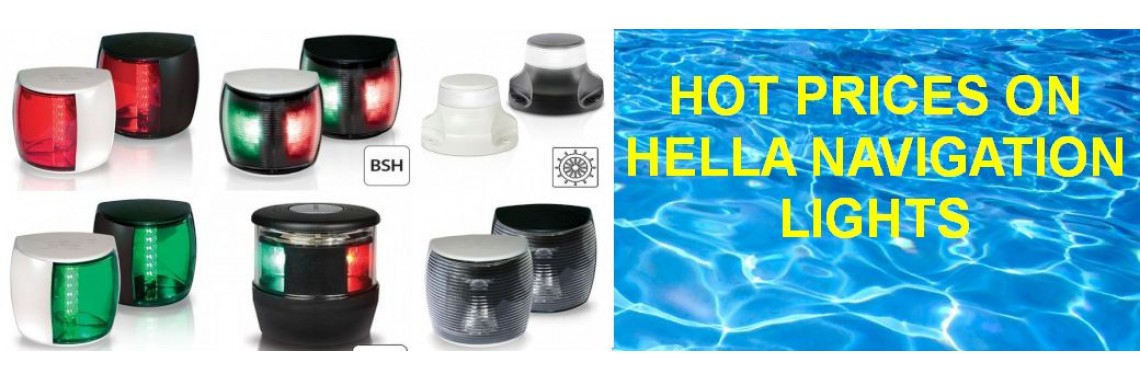|
Building, refitting or upgrading a boat - Part 5 - Keogh's Marine
Refrigeration is generally the single biggest power user on most vessels and thus getting it right and maximising your fridge’s efficiency will reduce your power consumption. In this article I will address:
- The different types of refrigeration, DC, AC or engine driven Eutectic and their advantages and their disadvantages;
- What to look for in a marine fridge/freezer;
- How to build your own refrigerator/freezer box;
- Some facts at how to maximise your refrigerator efficiency.
If you take a walk down most marinas and talk to people about their experiences with marine refrigeration you will have mixed answers. Many people have experiences both good and very often bad. With marine refrigeration there is no simple/cheap way around it, if you want your fridge/freezer to work properly especially when the ambient air temperature is above 30’C then a properly designed unit needs to be installed.
Insulation is the first key and the simple rule is the more insulation the more efficiently your fridge/freezer will be. Take this example two eskies of the same volume in an ambient air temp of 25°C. Take a proper icebox such as an Evercool, fill it full of ice now see how long it lasts for quite a few days, now take a cheap esky that you may buy at one of the big discount stores fill it with the same volume of ice and you will probably be lucky if you get one day out of it. Why is this? Well the Evercool has far more insulation and the insulation itself is a proper closed cell insulation designed with thermal properties while the discount store esky is built to a price and there is far less of a poorer quality insulation.
On boats it is critical that we only use closed cell insulation and the reason for this is that:
- It has far better insulation properties and does not absorb moisture;
- Open cell insulation has less insulating properties and absorbs water which over time causes it to break down and thus the thermal insulating properties are further hampered;
With boats, there are three common types of power used to run a a compressor to cool a fridge freezer box.
- 12/24 Volt DC Compressors. This is now the most common way of cooling a refrigeration box. Ever since the birth of the humble Danfoss compressor the DC fridge has been the most popular choice in refrigeration. Most marine refrigeration manufacturers use the Danfoss compressor because of their low power consumption, ease of installation as they can can be hooked up to the boat’s DC electrical system, relative small size, reliability and their ability to be easy adapted to various forms of cooling methods such as air cooled or water cooled. The compressors can also be used as a standard fitment in a front or drawer styled cabinet such as the fantastic units made by Isotherm or can also be used in retro fit kits which can be used in converting a built-in ice box to a fridge freezer (please see the section later in this article on how to build your own cold box).
A Danfoss based refrigeration unit will generally consume around 1.5 to 4 amps per hour depending on box size, insulation qualities, ambient air temperature and the amount of food/drink that the unit is loaded with. Companies such as Isotherm have even bettered the power consumption figures down to 0.5 to 1.5 amps per hour with their ingenious ASU system.
Isotherm ASU systems are designed for installations in existing cool boxes and mainly for use in sailing yachts where battery power is at a premium. The ASU system dramatically reduces power consumption while supplying refrigeration in abundance. It senses when surplus power is available from the engine alternator and speeds up the compressor to rapidly freeze the holding plate. When surplus power is no longer available it reduces its energy-use accordingly. The stainless-steel holding plate can be fitted at any suitable angle high up in the box before being connected to the compressor unit by the three metre long 6mm diameter flexible copper piping fitted with quick-couplings. The compressor unit is small enough to be fitted in stowage within connecting distance from the holding plate. Extremely quiet when running, it can even be fitted under a bunk if needed. After connecting the leads to the battery, the pre-filled system is ready to go.
The only disadvantages that DC refrigeration has is that a single unit can normally only run a fridge up to 350-400 litres in volume and a freezer up to 150 litres in volume and that the DC electrical system has to have adequate battery power to be able to run the refrigeration system. A good quality battery monitor is also an excellent idea in the DC system as this will allow the skipper to know how much battery capacity he has and also let him know exactly how much power the refrigeration system is using. For further information please refer to Bow2Stern #3 article on sizing your electrical system. This can viewed at www.keoghsmarine.com.au
- AC refrigeration, these normally take the form of a household domestic fridge/freezer or a bar styled fridge, while you get a lot of bang for your buck and large cabinet volumes on these types of refrigeration units they are generally not an ideal option for use on a boat or yacht. Firstly these units are primarily designed for maximum fridge/freezer volume for their size and thus the amount of insulation to fridge volume is compromised and as a result the compressor has more frequent duty cycle so. This is normally not an issue when plugged into a constant 240 V power point supply but when this means either an inverter or a generator has to be used more frequently to provide AC power and this means more power is being consumed.
Secondly, the co-called cost saving in buying an AC refrigeration unit is often offset by upgrading the boat’s AC and DC electrical systems to offset the additional power requirements of the AC refrigeration units, not to mention the additional fuel and maintenance costs because of increased generator run time. Inverters can be used to run the AC refrigeration system but once again careful consideration needs to be given to designing the AC and DC electrical systems, as previously mentioned further information on this subject can be obtained from Bow2Stern #3 designing your electrical systems.
- Engine driven Eutectic systems. These were the in thing a decade or so ago and were most commonly used in retro fitting into built-in ice boxes and converting household AC fridge cabinets. The compressors were mounted to the one of the vessel’s engines and was driven by belts and pulleys from the engine’s flywheel. The compressor then cooled a large eutectic holding plate filled with a special refrigerant glycol which meant the engine only had to be started and run twice time in the day to bring down the holding plate’s temperature. They were, if correctly done, reasonably efficient and could run quite a large sized fridge.
However as time got on as many people have found their reliability was often left to be desired and the maintenance costs of the system scared even the most hardened boaties.
Build an ice box in your boat. It is not difficult at all!
...courtesy of Isotherm
Most boats are different but they do tend to have one thing in common and that is that they have very few right angles or regular shaped compartments. There are usually very few boats that can take a ready-made refrigerator or freezer – you just have to make it yourself! These days companies such as Isotherm can supply a flat-pack set of ready-cut insulated panels to help you build a customised box. The panels are covered on both sides with 2.5mm plastic laminate of foodstuff quality and have 46mm thick closed cell foam insulation in between. They are easy to cut and glue together using a polyurethane sealant or mould resistant silicone resulting in joints that are leak-proof but not totally inflexible. The kit consists of three insulation panels measuring 978 x 478 x 50mm. Cover strips for the edges of the lid are included together with simple instructions.
A top-opening box is usually preferable. The cold air is not leaking out when the box is opened to the same degree as for a front opened fridge. A box can also be designed to fit the shape of the interior and the hull.
Select a suitable place on board where the box can be built. Do not build a bigger box than necessary, it is better economy to have a smaller well filled up than a bigger half full box.
To access the box contents from above should be easy. The lid is normally a storage yard. The lid opening should be not larger than to give access to both hands, when loading or taking out the provisions. It is a great help if the area for the box can be completely made free for molding and building. Avoid building the box close to a warm engine room or heater compartment. If that cannot be avoided, extra insulation must be added. Also have in mind that the connection pipe to the compressor is 2.5m on evaporators and 3m long on holding plates.
Try to create as many right angles as possible. Make the bottom as big as possible. The bottom shall be made in a size allowing the sides standing on the bottom panel. The bottom must be carefully fastened in the interior; the box filled with provisions must withstand the force during sailing in rough seas. Very often, additional supports and brackets must be manufactured. Normally it is preferable that the top part will lie on top of the sides. The box will be more stable.
The lid is cut out from the top part and can either be hinged or loose. If the lid is made loosely, which is often the preferred method, make it either absolutely square or obvious rectangular to make handling easy. On top of the lid, a plywood or a wooden plate can be mounted to match the interior.
The insulation end of the lid has to be protected with plastic strips, they are 2mm thick, to create a smooth, easy to clean surface.
It is important that the lid is very tight, to prevent warm air entering the box. Mount a rubber sealing strip on the lid.
Some important tips when using your fridge/freezer on board your boat which will reduce your power consumption include;
- If possible minimise the load on the refrigerator when the engine is not running by loading in food stuffs that are already chilled;
- Keep your refrigerator as loaded as possible, it is the vacant air space inside the refrigerator that increases inefficiency, Once again back to the esky principle load an esky full of ice and close it and see how long the ice lasts for maybe a few days. Now take the same esky and only place a couple of cubes of ice in it. Close it and how long do they last? A couple of hours if we are lucky. This is because solids such as ice/foods and liquids such as water and beer have better thermal retention qualities than air. So fill your refrigerator and presto you will consume less power than placing only a few items in it;
- Because cooling generates heat, good ventilation of the compressor compartment is essential for air cooled systems. If the temperature in the vicinity of the compressor rises above +40°C, ventilation needs to be improved to allow cool air (preferably from the bilge where the air is coolest) to enter at the bottom and the warm air to leave at the top. A few holes the sizes of a large coin are usually sufficient. All air-cooled Isotherm units with holding plates are equipped with a fan which speeds up the air flow;
- If you have chosen sea water cooled such as an Isotherm SP model, high temperature inside the boat is immaterial;
- When the refrigerator is not in use – even for a short period – always leave the door or lid slightly open to avoid unpleasant odours;
- The condensation drain in the box should always be closed when the refrigerator is in operation otherwise the heavier cold air will run out at the bottom to be replaced by lighter warm damp air from the boat;
- It is uneconomical to turn off the refrigerator during the night. In addition to an increase in average power consumption when it is started up again, it is also harmful for the food.
So there we have it in a nutshell how to best get the most out of your marine refrigeration system. Marine refrigeration is no different to any other system on your boat do it right the first time, remember what initially seems like an inexpensive way to go may very well end up costing you more in the long run as you have to upgrade systems to cope with inefficient products and refrigeration being the biggest power user, and let’s face it no one likes hot beer and melted ice cream!
In the next issue of Bow2Stern we will talk about anchors winches and anchors, what to look for, how to correctly size them and how to anchor properly. Happy boating and stay cool!
|



